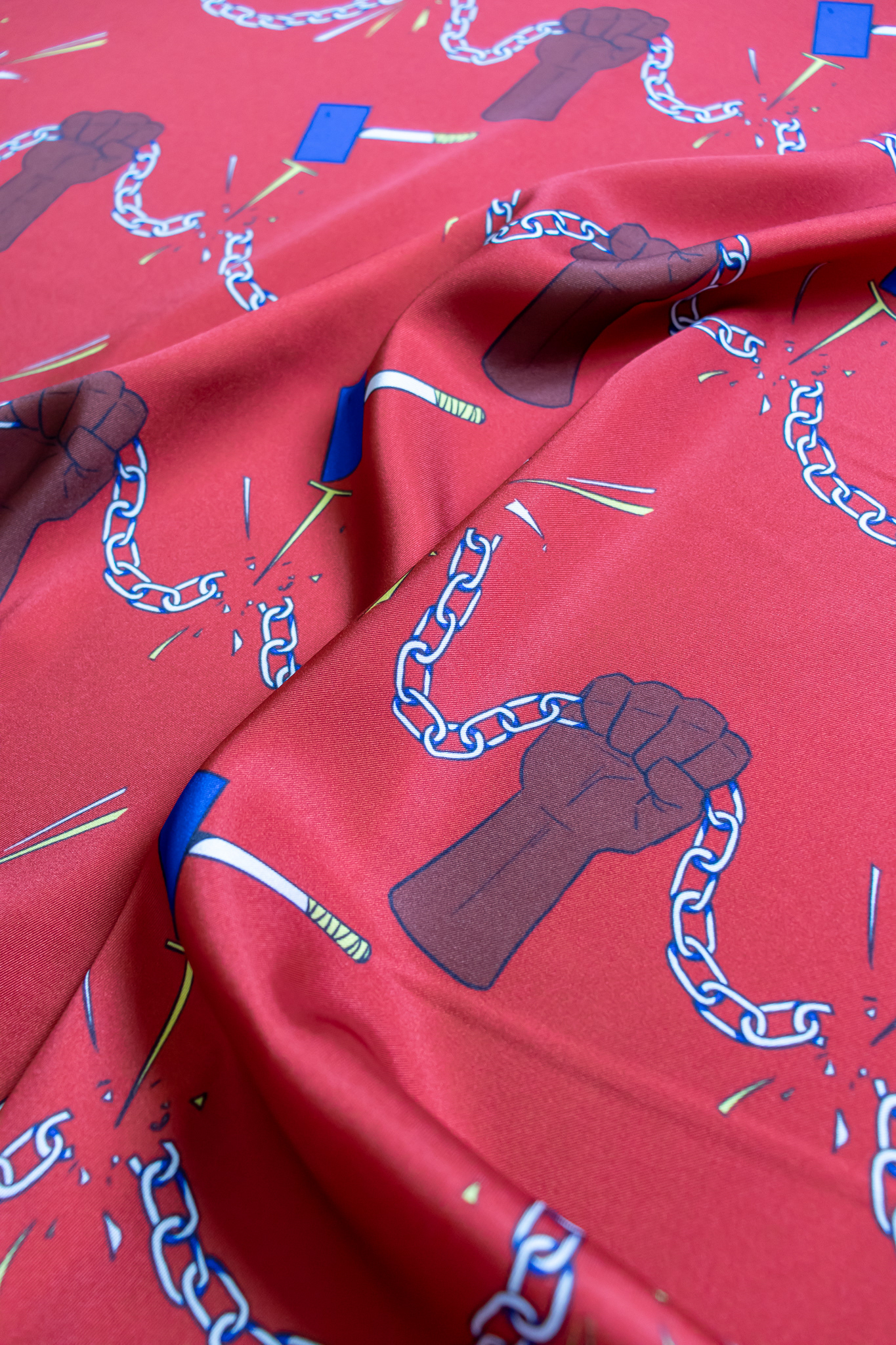On July 1st, descendants of enslaved people celebrate the abolition of slavery (keti koti). It's for both Suriname and the former Dutch Antilles, but is mostly celebrated by Surinamese people. In Curaçao, Dia di Tula (Tula day) or Dia di lucha pa libertat (Day of the fight for freedom) is more popular. It's on the 17th of august and serves as a day of remembrance for freedom fighter Tula, an enslaved man and leader of an abolitionist revolt in Curaçao. The revolt started on the 17th of august in 1795 with about fifty people. Two months later, he was executed. 68 years later, in 1863, slavery was officially abolished in the Dutch kingdom. In 1873, after a ten-year period of being forced to keep working under supervision of the government, the enslaved people of Curaçao were well and truly free.


Right is the inspiration of the pattern. I incorporated the flags of the countries: red, green, and yellow for Suriname, blue and yellow for Curaçao, with red for the old flag of the Dutch Antilles. I didn't want to make it too complicated symbolically. Keti koti is Sranantongo for "broken chains".
The red and green pattern is made of stretchy, recycled jersey, and the red and blue is made of satin-like, flowy recycled polyester.






